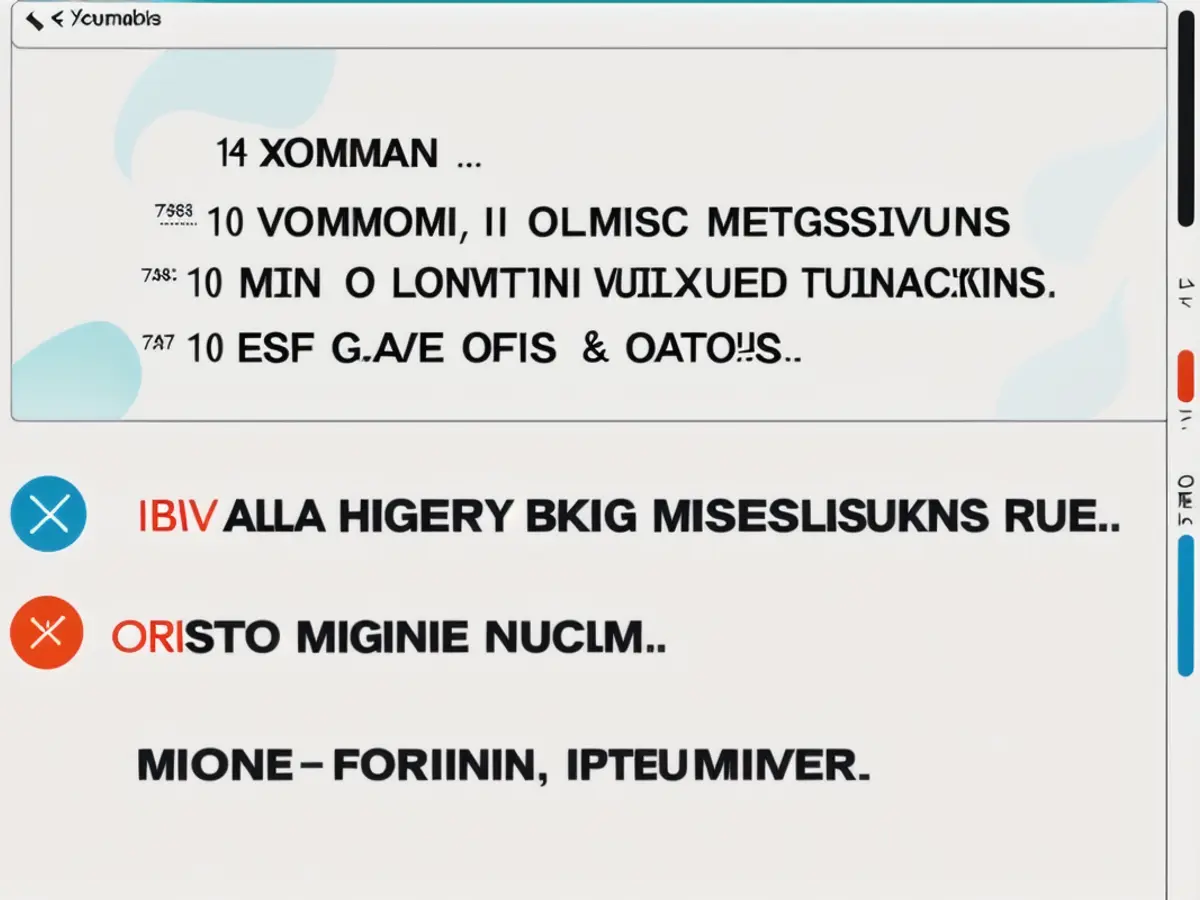Amazon's Rufus Illustrates the Future of AI-Powered Shopping, Imperfections Included
Amazon's introduction of Rufus, an AI shopping assistant in February, serves as an initial insight into how artificial intelligence might alter product discovery and purchasing habits. Preliminary trials indicate both the advantages and disadvantages of AI shopping bots, while sparking essential debates about how companies should prepare for a future where traditional search keywords may no longer control prominence.
For close to a decade, Amazon sellers have followed a consistent path. After establishing an Amazon-focused marketing company in 2015, I've observed this progression firsthand. Throughout the 9-year span, the fundamental aspects haven't altered significantly: improving Amazon's A9 algorithm through clever keyword usage, maintaining good product ratings, growing traffic and conversion volumes through advertising, and creating captivating visual content. Although tools and capabilities have become more advanced—ranging from improved advertising options to sophisticated content features—the fundamental strategy remains unchanged.
Rufus has the potential to alter this fixed pattern. Preliminary examination suggests it considers indicators beyond Amazon's traditional ranking factors, such as content from brand websites and overall online presence.
Brands now need to contemplate how to optimize their product content, not only for consumers but also for these vast language models. The search terms consumers might have previously used to locate your brand or product may no longer be as significant as what the AI model perceives about your brand or product.
The Evolving AI Shopping Landscape
Competition in developing AI shopping assistants extends beyond Amazon. Perplexity launched its shopping integration this month, enabling single-click purchasing from search results. This innovation might push other retailers to speed up their AI projects to forestall losing search traffic to external platforms.
Amazon's Rufus AI: Early Challenges vs Future Prospects
Initial responses to Rufus have been diverse, with some users referring to its frequent inaccuracies or unhelpfulness.
However, this echoes the early days of many transformative technologies. As fellow Our Website contributor Jason Goldberg mentioned in a recent post about AI shopping assistants, "AI shopping assistants aim to bypass traditional search entirely, merging product discovery and purchase into a seamless, intuitive experience." Although this objective remains mostly unattained, AI shopping assistants embody the potential for a tireless, knowledgeable shopping companion that fully grasps every product detail and customer preference.

This development aligns with predictions I reported last month about the future of e-commerce, where industry experts suggested that traditional search boxes would eventually be changed by conversational AI agents.
The path to that future might not be as straightforward as some anticipate. Technology analyst Benedict Evans, in his 2024 presentation focusing solely on AI, poses crucial questions about whether the rapid pace of AI advancement we've seen over the past 3 years will continue. The remarkable speed of progress might gradually slow as we tackle more intricate challenges.
The Personalization Opportunity
One area where early experiments with Rufus exhibit promise is in personalization. Analysis suggests that suggestions vary substantially based on users' historical purchase behavior and usual price ranges—possibly the most convincing example of personalization in retail search to date.
Carter Jensen, Senior Manager of Enterprise Marketing Capabilities at General Mills, utilized his spare time to create a browser plugin that conducts searches within Rufus, then exports the results en masse. Jensen's Rufus experiments reveal fascinating patterns in how the AI assistant displays products and provides recommendations.
His findings show that responses vary significantly among users, suggesting this variation arises from unique shopping habits and price preferences. For instance, when comparing results across various users for the same product categories, Rufus appears to customize recommendations based on each user's historical spending thresholds. This is especially noticeable in categories such as pet food, where consumer price sensitivity varies greatly.
Interestingly, traditional Amazon ranking signals like "Amazon's Choice" badges don't appear to carry the same significance in Rufus's recommendations as they do in standard search results. This implies that Amazon might be creating a distinct framework for AI-driven product discovery that relies more on individual purchasing histories than traditional ranking factors.
Strategic Implications for Brands

Although it's still premature to entirely revise the Amazon playbook, brands should consider several emerging trends:
- High-Consideration Categories: Brands offering complex or expensive products should give particular attention. According to Jensen, while AI assistance may provide limited advantage for everyday $5 purchases, it could significantly impact categories where customers invest more time and emotional energy in decision-making—like an $80 bag of dog food where shoppers are "very technical and very emotionally invested."
- Digital Presence and Content Evolution: Success necessitates maintaining consistent, top-notch content throughout all touchpoints, optimized for both conventional search and AI understanding. This involves considering how AI indexes various content types, from image text to bullet points, and recognizing that assistants might pull information from sources beyond retailer platforms.
- Price Positioning: With early indications pointing to strong price sensitivity in AI recommendations, brands need to meticulously consider their pricing strategy and how it aligns with their target customer segments.
Will Sponsored Ads Appear in Amazon Rufus?
An update to Amazon API documentation in November reveals an additional facet of Rufus's potential impact: the platform might incorporate sponsored ads into Rufus-related placements.
“To help customers discover more products in Amazon’s generative AI-powered shopping assistant, referred to as Rufus, your ads may appear in Rufus-related placements,” states Amazon in its November release notes. “Rufus may generate accompanying text based on the context of the conversation.”
While Amazon mentions that campaign reports won't include Rufus metrics separately, this development raises intriguing questions about the future of retail media. How will AI shopping assistants modify the traditional advertising model where brands bid on keywords? The inability to track performance specifically within Rufus conversations could also challenge advertisers' ability to optimize their spending effectively.
Despite the uncertainty around AI progress, AI shopping aides like Amazon's Rufus are bound to enhance further. According to Jensen, by 2025, major retailers might provide AI-driven predictive commerce, featuring adaptive, dialog-driven shopping carts. He remarks, "The tech is there, and so is the data. It's all about making it a reality." Brands thrive by establishing adaptable frameworks that cater to both present and prospective commerce trends.
In light of the introduction of Rufus, AI shopping assistants from other retailers could challenge traditional search methods, potentially leading to increased competition and the need for faster AI project implementation. (from 'The Evolving AI Shopping Landscape')
Brands must now consider optimizing their product content for AI models beyond just consumer search terms, given the potential for these models to influence product discovery and recommendation in the ecommerce space. (from 'The Personalization Opportunity')








